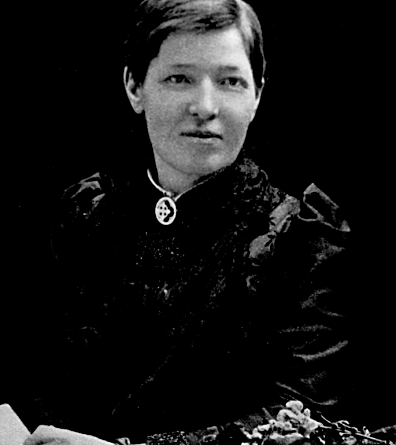MARY SLESSOR: A LIFE OF FAITH IN ACTION
Mary Slessor whose life shined through in history, is an example of unwavering courage and unwavering faith. Mary Slessor’s life’s work was serving in Nigeria. Her inspiring journey is a perfect example of compassion, faith, and courage. Let’s look at Mary Slessor’s life and see the significant impact that this woman of faith had.
EARLY LIFE
Mary Slessor was born into a modest family in Scotland in 1848. She showed a strong sense of compassion and a strong belief in God from a young age. Mary’s parents had a significant influence on her, giving her a strong sense of religion and compassion for other people. Mary showed a tremendous capacity for empathy for individuals in need. The stories of missionaries and the suffering of people in other places, especially Africa, captured her attention. This early understanding of the world’s injustices, along with her unshakeable faith, would form her life’s goal.
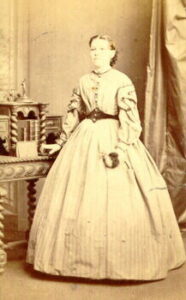
Her journey to Nigeria
At the age of 28, Mary Slessor set out on a journey to Nigeria, a nation rich in mystery and challenge, in 1876. She experienced a deep sense of peacefulness upon arriving in the busy port city of Calabar. Mary welcomed the trials of the intense heat, strange animals, and strange customs as she embraced the unknown. Her talent to connect with individuals from all backgrounds and fully engage herself in the local way of life, picking up the language, customs, and traditions, was truly amazing.
As she went farther into Nigeria, she came across the poor, ill, and superstitious conditions that the native people faced. Mary sensed rays of hope in the Nigerian people’s hearts despite these obstacles. Her mission in Nigeria was to promote social justice and equality while helping to empower the country. Mary had an enormous and lasting impact on the Nigerian people, inspiring hope in their hearts and touching countless lives.
Advocate for justice and equality.
Mary Slessor challenged the rampant injustices and inequality in her communities as a devoted champion for justice and equality in Nigeria. Therefore, She had to deal with the horrible tradition of “twin infanticide,” which is the killing of newborn twins due to superstition or fear right after delivery. Mary’s persistence and compassion contributed to the gradual eradication of deeply rooted beliefs around twin infanticide.
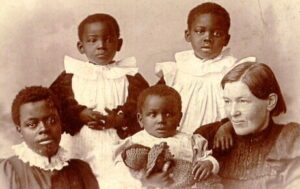
Mary aimed to provide women in Nigerian culture the freedom to take charge of their own lives because she understood the important role they played in society. By giving them knowledge of economic possibilities, education, and vocational training, she enabled them to escape poverty and dependence. Through her activism, women in Nigeria’s communities rose to the top as leaders and drivers of change, advancing Nigeria’s economic and social progress.
Mary’s work for justice and equality was based mostly on education. She founded schools and projects to give kids—especially girls—access to high-quality education. Mary’s activism went beyond one-time interventions to bigger efforts for change in society, opposing oppressive customs and traditions that supported unfairness and bias.
Impact and Legacy
Mary Slessor changed Nigeria’s social, cultural, and religious environment with her significant influence. Her dedication to helping others and fighting for equality and justice changed many people’s lives as well as communities. Her efforts to expose damaging cultural customs, such as twin infanticide, eventually changed people’s views and resulted in their eradication.
By founding schools and programs for girls, Mary’s dedication to education and empowerment has had a long-lasting effect, giving neglected communities a chance to break the cycle of ignorance and poverty. Her support of justice and equality empowered women, tackled discriminatory practices, and promoted equality and unity in society, all these contributed to Nigeria’s overall social and economic progress. Mary’s story inspires millions of people throughout the world and serves as a reminder of the significant effect one human can have.
Death
Slessor had fevers during the final forty years of her life as a result of the malaria she had on her first mission in Calabar. She never abandoned her missionary work to go back to Scotland permanently, nevertheless. Slessor finally became so frail from the fevers that she needed to be carried to go large distances through the rainforest. She had an especially bad fever at her station at Use Ikot Oku at the beginning of January 1915. On January 13, 1915, Slessor passed away.
After her death,
Mary Slessor’s work in Okoyong earned her the Efik nickname of “Obongawan Okoyong” (Queen of Okoyong). This name is still commonly used to refer to her in Calabar. Her work was a significant part of the Efik culture, with numerous memorials and statues in various locations. A female hostel and a girls’ house in university of Nsukka, Nigeria, were named after her.
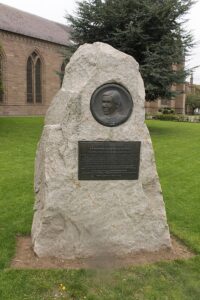
Also Read: 17 biblical judges of the bible
In Scotland, a bust of Slessor is in the National Wallace Monument’s Hall of Heroes, while in Aberdeen, a memorial stands in Union Terrace Gardens. A new city centre park in Dundee is named ‘Slessor Gardens’ in her honour. In 1997, Clydesdale Bank honoured Slessor with a 1997 banknote, featuring her work in Calabar. In 1950, anthropologist Charles Partridge donated letters and a recording of her voice to the Slessor Collection at Dundee Central Library. Slessor is remembered in the Church of England with a commemoration on January 11.
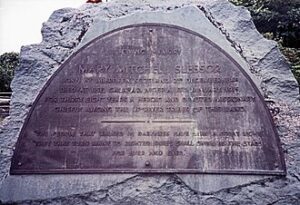
Conclusion
Mary Slessor’s life teaches us the actual meaning of courage and compassion. As a young person, she ventured to an unknown land for the sole purpose of bettering the lives of the people living there. She shared Christ with them and taught them how to live properly as humans. All of these she did for no personal gain. Her faith and courage are a testament to her faith. Mary Slessor proved herself a perfect example of a believer, a true woman of faith.
Content Credit/ Ajibola Emmanuel Adebayo
Picture Credit/ https://en.wikipedia.org/wiki/Mary_Slessor

